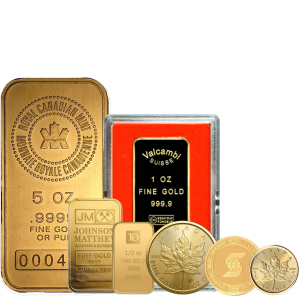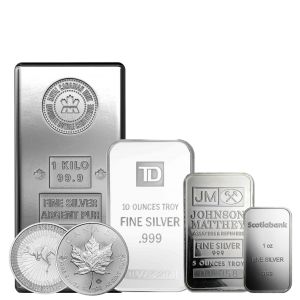

Back
Exploring Buffalo Nickels: Important Dates and Rare Coins | Learn About the Traditional Style & Values
May 6, 2024
Learn About the Interesting World of Buffalo Nickels: Important Dates and Rare Coins
Back in 1913–1938, there were buffalo nickels. Collectors value rare, well-made coins from the 20th century.
The Traditional Buffalo Nickel Style
The well-known American artist James Earle Fraser shows respect for Native Americans.
Front: A Native American with a feathered hat is shown with their head turned to the side. The art shows Native Americans' strength and dignity.
On the back, there is an American bison on top of a hill with "E PLURIBUS UNUM" and "UNITED STATES OF AMERICA" written above it. The American animal is on the back. The artist made a pattern of a bison that is simple but strong. It is of an animal from New York's Central Park Zoo.
Coin to honour the National American Indian
A five-cent coin, the U.S. Buffalo Nickel is also known as the Indian Head Nickel. As of February 22, 1913, the National American Indian Memorial was first laid out at Fort Wadsworth in Staten Island, New York. The first coins were given out at that time.
Forty nickels were sent by the Mint for the event. The Native American chiefs who were there got most of the coins. News called the memorial a “philanthropic humbug” after it was never built after the groundbreaking ceremony.
This American piece has stood out for 25 years because of its poetic beauty and deep meaning.
Making: Nickels Buffalo
There were three places in the United States where the U.S. Mint made Buf falo nickels between 1913 and 1938. Every year, the Philadelphia Mint made coins. The Denver and San Francisco Mints, on the other hand, only did it sometimes.
Philadelphia Mint: Since it was the main mint, the Philadelphia Mint made the most Buffalo nickels. This mint's coins only have the year on them, no mark of the mint.
Mint in Denver: The Denver Mint has put a "D" on buffalo nickels. From 1913 to 1938, but not all those years, it made coins.
San Francisco Mint: It had a "S" mark on it. This mint makes some very important S Type coins.
The Type II Buffalo Nickel
In 1913, problems in the design of the Buffalo Nickel Type II were fixed. Changes to the Buffalo Nickel's shape made the die last longer and made the coin look better. The new sides stacked coins more equally and stopped fakes from being made. The buffalo that was standing on the mound was now standing on a line instead of a raised area.
How to Grade and Value a Buffalo Nickel
The worth and collectability of a buffalo nickel depend on its condition and grade. Rate coins based on their look, shine, and wear.
• Some grades, such as Fair and About Good, have dates that are not very strong and only contain one or two digits.
• People who get Good or Very Good grades should be able to see the lettering and full date even though the paper is worn. The bottom of the buffalo's horn should be visible.
• It's possible that the tip of the horn won't show up in Fine and Very Fine.
• The horn tips ought to be full out in Extremely Fine.
Buffalo Nickel Dates and Value Pack
• 1924-S Regular Strike: In an amazing auction, this coin priced $105,750.
• 1919-S Regular Strike: At Heritage Auctions, this brought $109,250.
• 1927-S Regular Strike: This coin's auction record was $125,350.00.
• 1918-S Regular Strike: Record-breaking $125,350 was the selling price.
• 1920-D Regular Strike: it fetched $138,000 at auction.
• 1917-S Regular Strike: Go for a total of $138,000.
• 1913-D Type II Regular Strike: At $143,750, it was sold.
• 1916/16 Buffalo Nickel (Doubled Die Variety): Remarkable bid of $281,750.
• 1926-S Regular Strike: priced at $322,000.
• 1918/7-D 5C Buffalo Nickel: $350,750 was the record price for this one.










